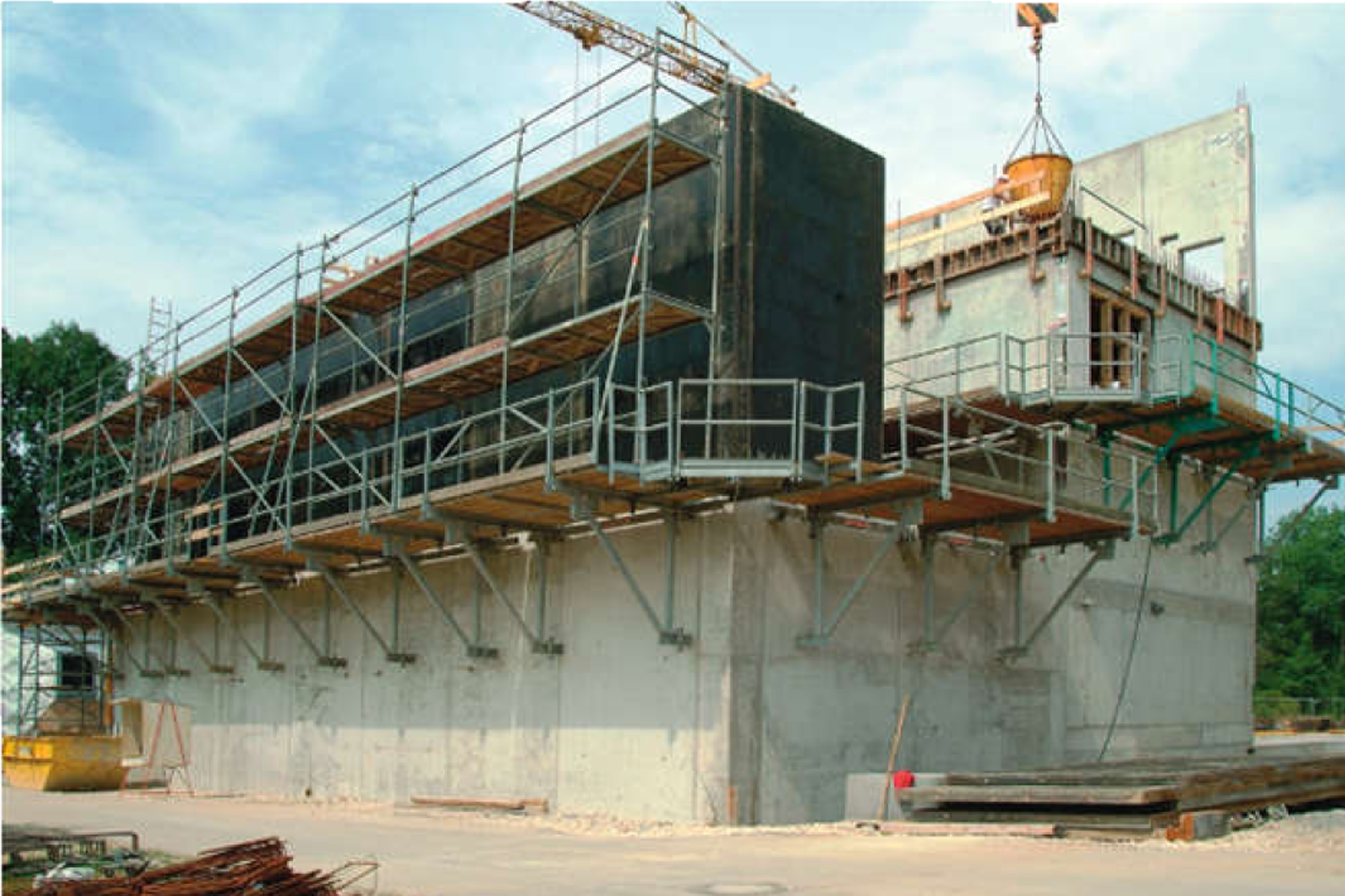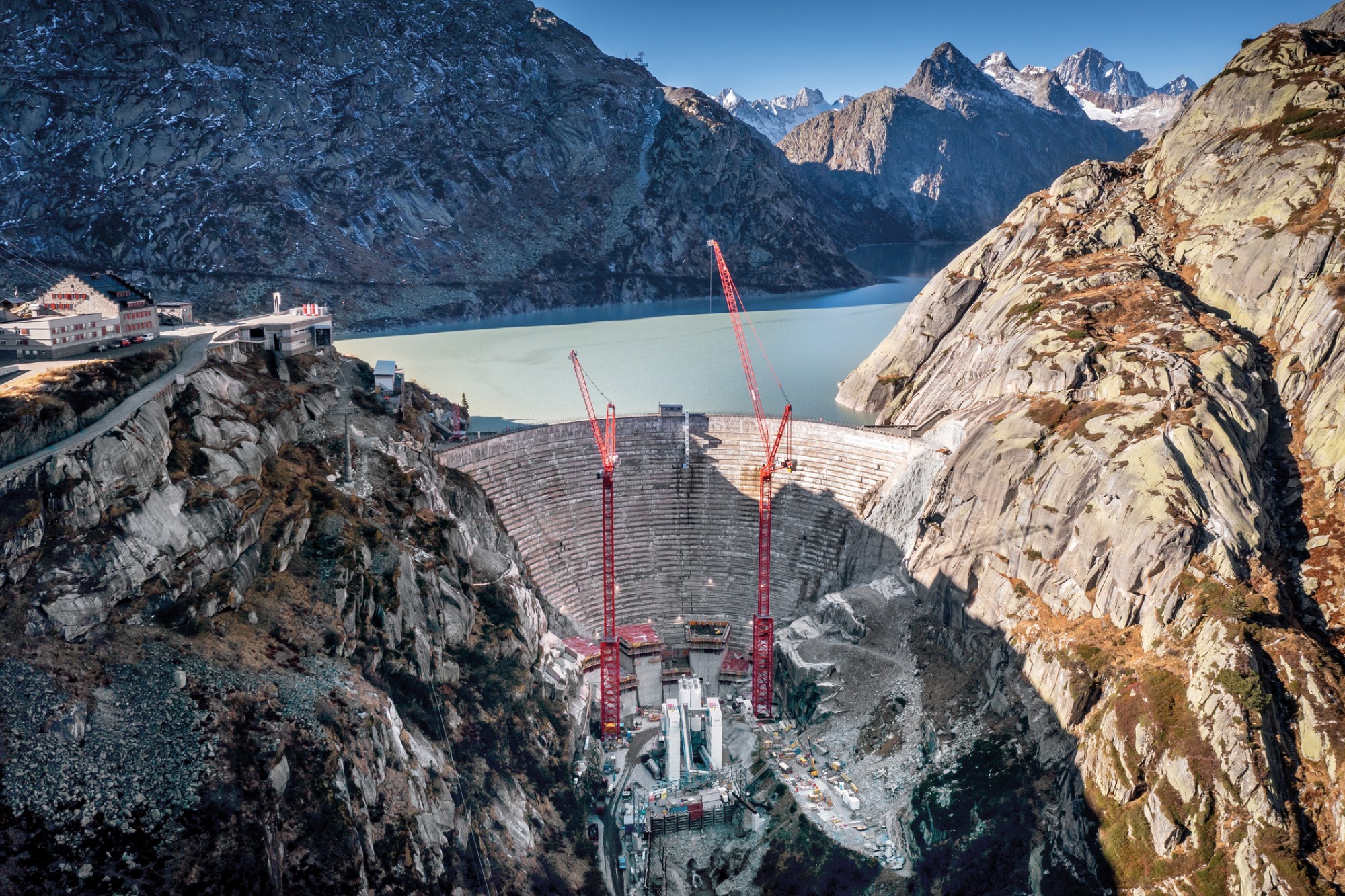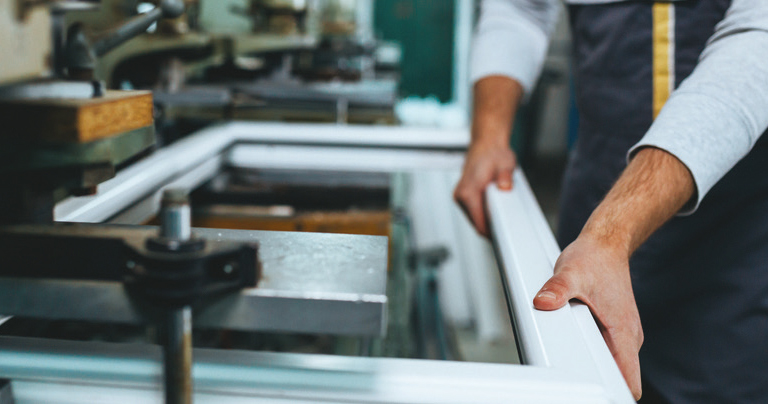Choosing right formwork system for construction tasks
By Edit Team | March 14, 2019 10:01 am SHARE

The system enables delivering right climbing technology for widely varying construction tasks.
Climbing formwork is an essential system, where reinforcement, formwork and concrete work can be handled with climbing platform with the help of crane or hydraulic lifting system with high safety features along with consideration of high wind loads used in skyscrapers construction. The system plays a vital role where scaffolding avoids saving time, material and labouring cost of assembly and dismantle, however; where staging is not possible, if any critical work falls (earth back filling, compaction of soil etc.) in the base of the structure, says Manikandan Mahalingam, General Director, PASCHAL Form Work (India) Pvt Ltd.
Application areas
NOE climbing formwork system is a special type of system for vertical concrete structures that rises with the building process. It allows reuse of the same formwork over and over for identical or very similar casting sections and floors further up the structure, says Pradeep Ghumare, Director, NOE Formwork India Pvt Ltd.
It also enables very large concrete structures to be constructed in one single pour, which may take days or weeks as the formwork rises with the process, thus creating seamless structures with enhanced strength and visual appearance, as well as reducing construction times and material costs at the joints which would otherwise require extra reinforcement or connectors. Climbing formwork permits controlled, regular working cycles on all tall structures.
Climbing formwork system consists of climbing structure, bracket, formwork on the bracket, and suspended platforms below for working space machinery and screens for weather protection.
Versatile and cost-effective solution
NOE crane-climbing formwork system: The formwork around the structure is moved upwards with the help of tower cranes once the hardening of concrete has proceeded. This may entail lifting the whole section, or be achieved segmental. These are cost-effective and versatile systems.
Climbing formwork is an effective solution for buildings that are either very repetitive in form such as towers or skyscrapers or vertical industrial concrete structures or that require a seamless wall structure, according to Pradeep Ghumare, Director, NOE Formwork India Pvt Ltd.
“It is highly recommended in tall structures like skyscrapers, bridge pylons, airport control towers, high-rise buildings, elevator shafts and silos,” he adds.
Unlike steel scaffolding, the aluminium scaffolding is useful only for persons to work at height and not for load bearing, says Pradeep Agarwal, Associate Director, Mtandt Group.
Climbing formworks is very useful to construct chimneys. They are extensively used to construct core of tall buildings. The drawback is one need to leave dowels for slabs which needs to be poured later. This is a bit cumbersome process. High-skilled labour is needed to operate. They are very expensive as well.
“Our aluminium formwork in combination with our safety screen will provide better and economical solution as compare to climbing formworks, says Ketan Shah, Managing Director, MFE Formwork Technology India Pvt Ltd.
Benefits of using climbing formworks
Ensure durability, safety and stability
Paschal’s climbing system is based on its decade-long experience of widely differing construction tasks, which means that it can deliver the right climbing technology solution across the entire architectural spectrum. The principle is always the same: a high standard of safety, combined with high cost effectiveness and easy, safe handling.
“Each component of the climbing system units are manufacturing with high quality materials with perfect quality check will ensure the safety of the units. Additional, Paschal special software solution provides the utmost care for the design of the climbing system for the structures. Several executed projects define about the success of Paschal climbing system,” says Mahalingam.
Based on height, working platform width and structural needs Paschal climbing system is classified in three different modules as climbing system 240, climbing system 200 and dam bracket SPL 270.
The steel scaffolds are more relevant as Mtandt Group offers only aluminium scaffoldings; that is more relevant for people climbing and working at heights, says Agarwal.
Major advantages of NOE crane-climbing platform AB 300 by Ghumare:
Compact: transport-optimised dimensions.
Safety: self-locking suspension hooks provide the highest level of safety; Safe access down to suspended platforms below.
Long service life: steel parts are hot-dip zinc galvanised.
Ready for immediate use: can be used on site immediately after unloading from the lorry.
High Load-bearing: permissible service load 300 kg/sq.m (scaffold group 4 in accordance with DIN 4420).
Bigger working area: longer length: 4.00m; 6.00m, and super-wide with width: 2.30m working width: 2.10m.
Variable: the hinged NOE working platform AB 300 can be attached centrally or off-centre by up to 25 cm.
Flexible hook arrangement
Flexible: the fastening can be chosen to suit your purpose, e.g. scaffold bolt M 36, threaded anchor M 36×430, removable cone; Climbing shoe can be attached to the walls as well as slab edges.
Versatile: practical internal and external corner solutions; adaptable to a wide range of construction site requirements through the modular system with a regular whole arrangement.
Ease of Handling: the travelling device will allow the formwork to be closed and opened quickly with no need for a crane; less crane-time needed, since the folding platform and formwork are moved up in one single lift; simple adjustment options for precise horizontal and vertical alignment of the formwork.
Cost-efficient climbing system: due to the combination of the folding platform AB300 and modular (aluminium or steel) wall formwork there is time-and-cost-savings from using pre-assembled platforms; lowers manpower costs because the formwork can be shuttered and de-shuttered without waiting for the crane; increases job-site productivity; wide choice of formwork, as the platform can be combined with either panel or timber-beam formwork systems from 50 to 90 kN/sq.m permissible concrete pressure.
Floor-to-floor cycle time is reduced: Vertical and horizontal parts of a building are constructed concurrently.
Minimises labour time: These systems are designed for repetitive use of the critical path. The formwork system is easy to clean and reuse with little formwork waste generated compared to traditional formwork.
Increased safety: The labour of setting and removing is less than traditional systems.It does not need additional support to the formwork.
Climbing system plays a vital role where scaffolding wants to avoid saving the time, material and labouring cost of assembly and dismantle.
Manikandan Mahalingam, General Director, PASCHAL Form Work (India) Pvt Ltd
Climbing formworks is an effective solution for buildings that are either very repetitive in form such as towers or skyscrapers or vertical industrial concrete structures.
Pradeep Ghumare, Director, NOE Formwork India Pvt Ltd
Unlike steel scaffolding, the aluminium scaffolding is useful only for persons to work at height and not for load bearing.
Pradeep Agarwal, Associate Director, Mtandt Group
Our aluminium formwork in combination with our safety screen will provide better and economical solution as compare to climbing formworks.
Ketan Shah, Managing Director, MFE Formwork Technology India Pvt Ltd
Cookie Consent
We use cookies to personalize your experience. By continuing to visit this website you agree to our Terms & Conditions, Privacy Policy and Cookie Policy.




















































